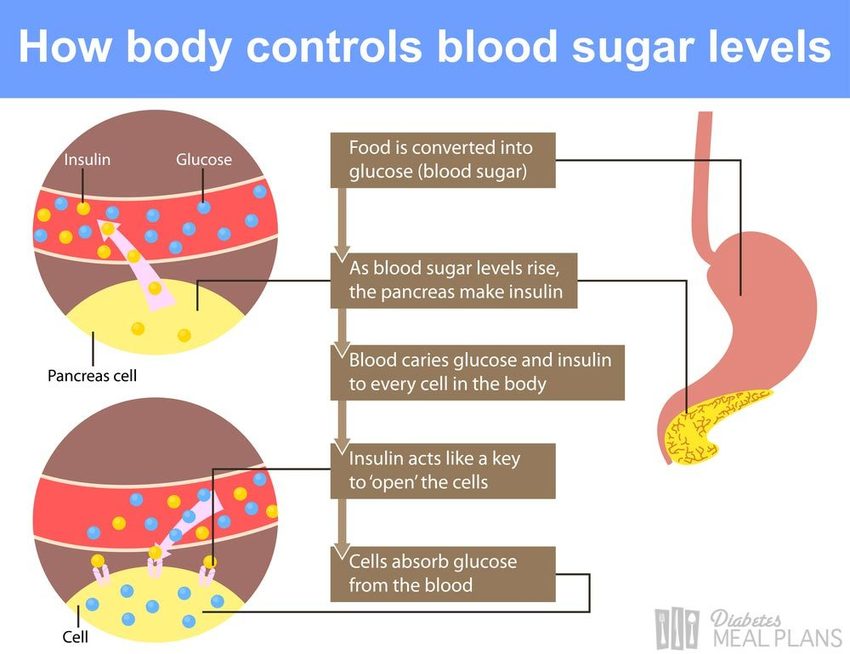Prediabetes is a preoccupying health issue that is growing on a global scale. According to a recent study published by PubMed, the prevalence of prediabetes has increased dramatically over the years, from 22.0% to 33.1% among the American adult population. Understanding this phenomenon and its implications is essential for preventing the progression to type 2 diabetes and for promoting good overall health.
Prediabetes is a condition in which blood glucose levels are higher than normal, but not yet high enough to be classified as type 2 diabetes. This condition is a major risk factor for the development of type 2 diabetes, a chronic disease that can lead to serious health issues, such as heart diseases, neuropathies and kidney problems.
The quoted study examined data from different regions and populations, revealing a worrying trend towards an increasingly high prevalence of pre-diabetes. This may be due to a number of factors, including poor diet, lack of physical activity, obesity and genetics. Understanding these risk factors is vital to reversing this trend.
It’s worth noting that prediabetes is generally asymptomatic, which means that many people with the condition are unaware of it. This makes regular screening essential, as it enables those at risk to be identified and to take appropriate preventive measures.
To prevent pre-diabetes and type 2 diabetes, it is vital to adopt a healthy lifestyle. This includes a balanced diet that is rich in vegetables, fiber and whole grains, as well as engaging in regular physical activity. Weight management is also a key factor in prevention, as excess weight is a major risk factor.
In conclusion, the growing prevalence of prediabetes is a serious public health problem that requires immediate attention. Understanding the risks associated with prediabetes and adopting a healthy lifestyle are essential steps towards the prevention of the development of type 2 diabetes and the promotion of better health.
Reference: : Prevalence of Prediabetes and Abdominal Obesity Among Healthy-Weight Adults: 18-Year Trend




